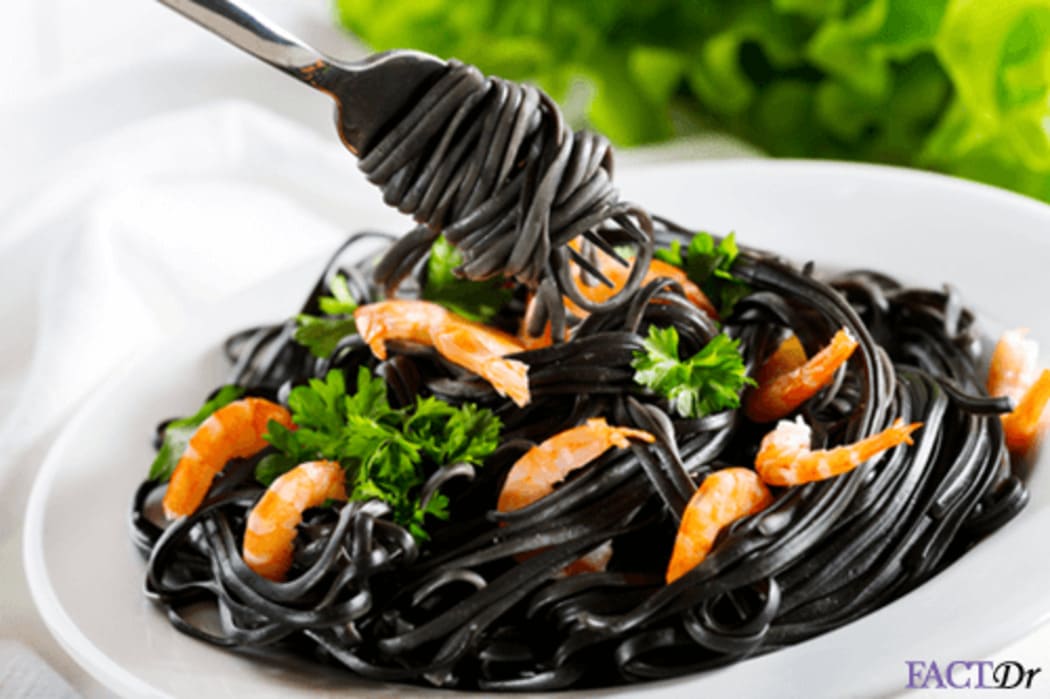
ARTICLE EXAMINATION ON THE USE OF PCALAMARI INK FOR Synthetic Colorants AND Medical products
Title
ARTICLE EXAMINATION ON THE USE OF PCALAMARI INK FOR Synthetic Colorants AND Medical products
Author
1. Imam Suharto, Student, Universitas Diponegoro (UNDIP), Indonesia, Indonesia
Abstract
A large portion of Indonesia's GDP comes from the sale of squid. Squid is a common ingredient in many cuisines throughout the world. Products made from frozen or dried squid are common for export. Squid ink is one possible waste product of these processes. The purpose of this page is to provide a concise overview of the chemical components of squid ink and its possible applications in the fields of non-food goods, biologics, and natural colours. Pigments, proteins, lipids, and hyaluronan extracted from squid may have anti-tumor, anti-cancer, and anti-bacterial properties in the medical area. That may turn out to be one of the things learned in the probe. Squid ink has potential non-food uses beyond its current usage in East Nusa Tenggara's indigenous ikat woven material items and medicines.
Keywords
Conclusion
Squid ink has been shown to have antiviral, anticancer, and antibacterial characteristics. These benefits are likely because to the high discoloration, protein, lipid, and glycoprotein content of the ink. Ikat woven fabric goods, which contain squid ink in addition to its various applications in the culinary and medical sectors, are native to the Indonesian area of Nusa Tenggara Timur, which is located in the eastern part of the country.
Author Contrubution
The author confirms sole responsibility for the following: study conception and design, data collection, analysis and interpretation of results, and manuscript preparation.
Funding
The authors did not receive any specific grants from funding agencies in the public, commercial, or non-profit sectors for the research, authorship, and/or publication of this article.
Conflict of Interest
All authors declare that they have no conflicts of interest
Data Sharing Statement
Not applicable
Software And Tools Use
Not applicable
Acknowledgements
I thank the following individuals for their expertise and assistance in all aspects of our study and for their help in writing the manuscript. I am also grateful for the insightful comments given by anonymous peer reviewers. Everyone's generosity and expertise have improved this study in myriad ways and saved me from many errors.
Corresponding Author
Imam Suharto
Universitas Diponegoro (UNDIP), Indonesia, Student, Indonesia
Copyright
Copyright: ©2026 Corresponding Author. This is an open access article distributed under the terms of the Creative Commons Attribution License , which permits unrestricted use, distribution, and reproduction in any medium, provided the original author and source are credited.
Suharto, Imam. “ARTICLE EXAMINATION ON THE USE OF PCALAMARI INK FOR Synthetic Colorants AND Medical products.” Scientific Research Journal of Agriculture and Veterinary Science, vol. 1, no. 1, 2022, pp. 26-29, https://isrdo.org/journal/SRJAV/currentissue/article-examination-on-the-use-of-pcalamari-ink-for-synthetic-colorants-and-medical-products
Suharto, I. (2022). ARTICLE EXAMINATION ON THE USE OF PCALAMARI INK FOR Synthetic Colorants AND Medical products. Scientific Research Journal of Agriculture and Veterinary Science, 1(1), 26-29. https://isrdo.org/journal/SRJAV/currentissue/article-examination-on-the-use-of-pcalamari-ink-for-synthetic-colorants-and-medical-products
Suharto Imam, ARTICLE EXAMINATION ON THE USE OF PCALAMARI INK FOR Synthetic Colorants AND Medical products, Scientific Research Journal of Agriculture and Veterinary Science 1, no. 1(2022): 26-29, https://isrdo.org/journal/SRJAV/currentissue/article-examination-on-the-use-of-pcalamari-ink-for-synthetic-colorants-and-medical-products
1932
Total words928
Unique Words102
Sentence18.107843137255
Avg Sentence Length0.34963235294118
Subjectivity0.064782718643013
PolarityText Statistics
Viewed / Downloads
Total article views: 73 (including HTML, PDF, and XML)| HTML | XML | Total | |
|---|---|---|---|
| 52 | 8 | 13 | 73 |
Viewed (geographical distribution)
Thereof 73 with geography defined and 0 with unknown origin.